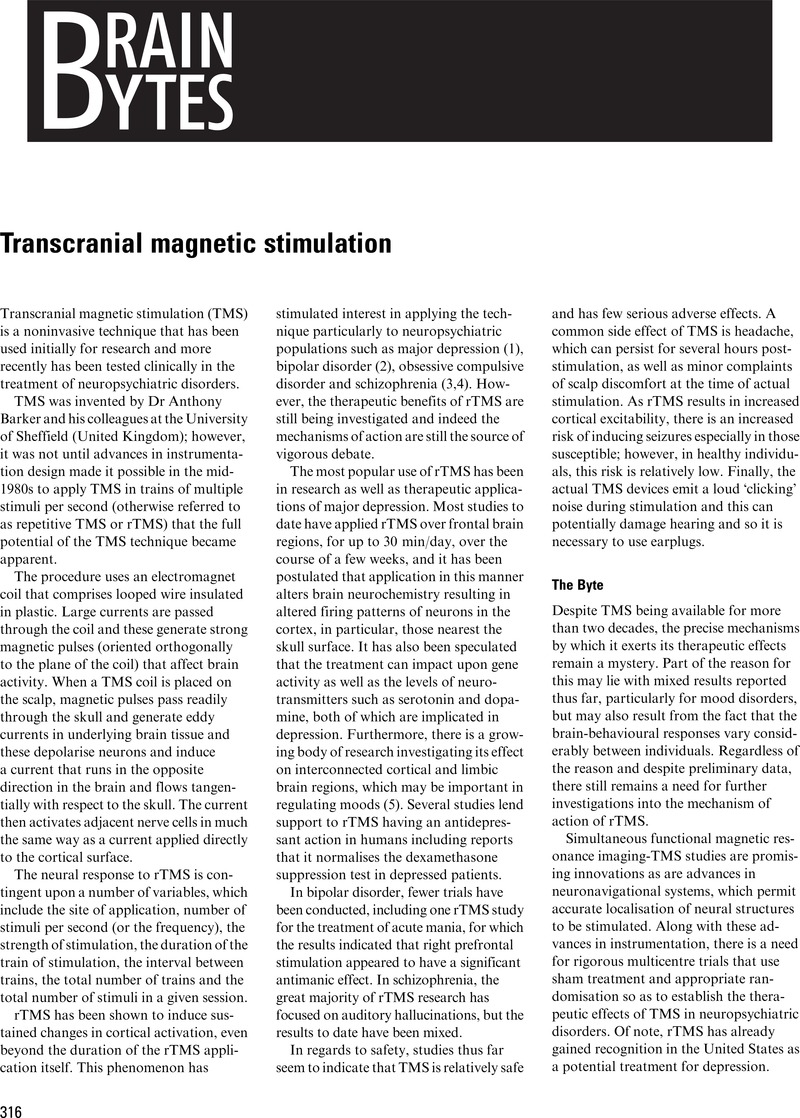Crossref Citations
This article has been cited by the following publications. This list is generated based on data provided by Crossref.
Malhi, Gin S.
Adams, Danielle
Cahill, Catherine M.
Dodd, Seetal
and
Berk, Michael
2009.
The Management of Individuals with Bipolar Disorder.
Drugs,
Vol. 69,
Issue. 15,
p.
2063.



